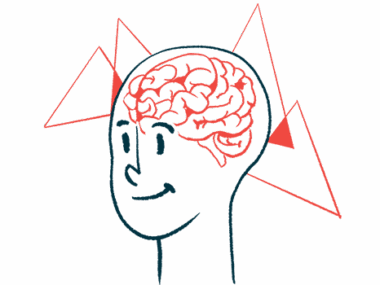Addressing anxiety may aid walking problems in Parkinson’s
Study finds gait generally worse in patients with anxiety than without anxiety
Written by |

People with Parkinson’s disease who have clinically significant anxiety tend to walk more slowly and with shorter steps than people with the disease who don’t have anxiety.
That’s according to the study, “The impact of anxiety on gait impairments in Parkinson’s disease: insights from sensor-based gait analysis,” which was published in the Journal of NeuroEngineering and Rehabilitation.
The changes in walking may make Parkinson’s patients who have anxiety more prone to falls and researchers said the finding suggests that helping patients deal with anxiety may help improve walking ability.
“Our findings imply a close relationship between anxiety and gait disturbances in [Parkinson’s] patients, with anxiety potentially impairing gait performance and negatively affecting patients’ quality of life,” the scientists wrote.
Abnormalities in walking, including unusually slow and small steps, are common with Parkinson’s disease. Anecdotally, some clinicians have observed that patients who are more anxious tend to have more walking issues, but there’s been little hard evidence for this idea.
Walking with anxiety
Here, scientists in China used a computer-based sensor setup to analyze walking patterns in 144 Parkinson’s patients — 38 who reported clinically significant anxiety and 106 who didn’t — to get a more objective understanding of how anxiety affects gait in Parkinson’s patients.
“Our study adds new quantitative evidence to the existing knowledge of effect of anxiety on gait disturbances in patients with [Parkinson’s] and extends understanding of the details and extent of this effect,” the researchers wrote.
Walking patterns were analyzed in two setups. In one, patients simply walked in a straight line. Under it, those with anxiety showed dramatic changes for many parameters: they took shorter steps, had longer pauses between steps, walked slower overall, and even had differences in the angle at which their toes and heels hit the ground with each step.
In the second setup, patients walked in a straight line while simultaneously counting backwards from 100. Under this setup, which required cognitive attention to accompany the physical act of walking, patients with anxiety still had significantly shorter steps and were slower overall, but the difference wasn’t as dramatic and other parameters that were different in the first setup weren’t in the second.
Still, statistical analyses showed anxiety was an independent predictor of multiple gait parameters and, considering data from both setups, the researchers concluded that “gait performance was generally worse in patients with anxiety compared to those without anxiety in both … situations.”
The slower, shorter steps by patients with anxiety imply a more “shuffling” gait, which is a known risk factor for falls, the researchers said, who, for this reason, suggested “extra caution should be taken to prevent falls in patients who are experiencing anxiety.”
The findings underscore the importance of caring for patients’ holistically, including providing mental and emotional support as appropriate, when helping Parkinson’s patients dealing with walking problems.
“Addressing anxiety symptoms may not only help to improve a person’s overall mental health but also lead to better outcomes,” the researchers said. “By reducing anxiety, patients may be better able to focus on their physical therapy and rehabilitation and be more motivated to engage in activities that can improve their gait and overall mobility.”






